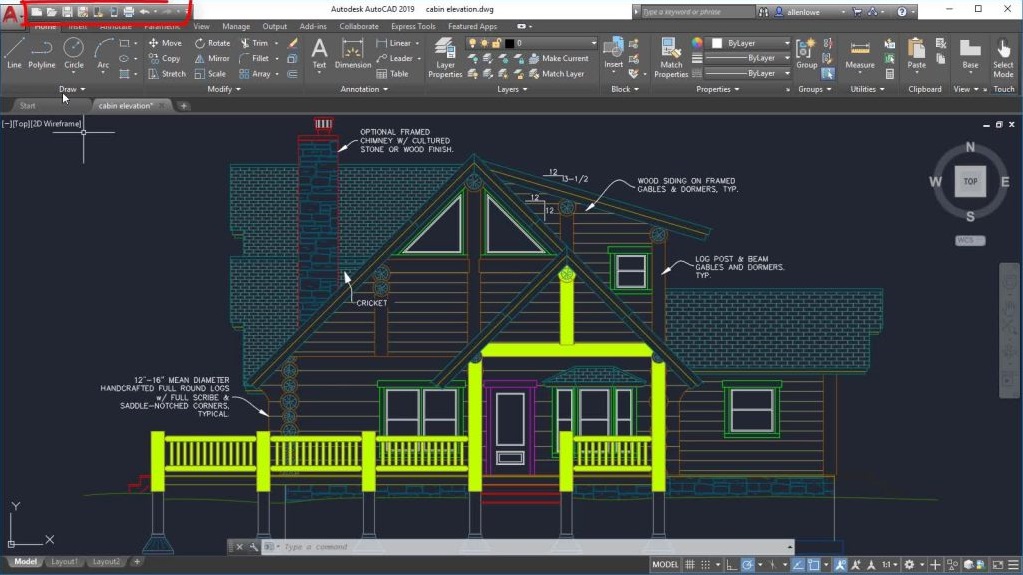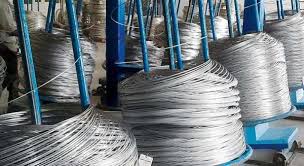High-speed Internet seamless access is the expectation of recent buy Autocad for sale trends. While many of the technologies like High Speed Internet Access (HSPA), Wireless Interoperability for Microwave Access (WiMAX) & Long Term evolution (LTE) are promising and meeting the expectations appropriately, ‘Digital Divide’ still exists when penetrating to the rural areas in a seamless and the cost effective way.
The solution to the above situation is having a way of channeling the broadband internet on the electricity supply so that networking is carried out on power mains. Distribution of internet data on the power lines is called as HomePlug or Broadband over Power lines (BPL). Electric Broadband!, is an innovation in the recent technology trends. This technology is certainly encouraging and infrastructure cost effective model to offer broadband at high speed internet access – having penetration even into the rural areas since every home in the world is served by power lines.
Realizing how the Communications landscape is changing rapidly since the inception of Internet, Broadband Internet, as known to everyone, is a data transmission mechanism over high bandwidth channels through cables or over the air. Wireline broadband is called Asymmetric Digital Subscriber Line (ADSL) and Wireless Broadband technologies emerging are Mobile WiMAX and Advanced LTE. However, all these technologies require much infrastructure costs to cater the needs of the general public. Hence they are mostly limited to the urban areas and the digital divide is prevailing still by internet not reaching to the masses even at rural geographies.
On the contrary to the technology barriers, new innovative technology called ‘Electric Broadband’ is on the way to reach even the rural areas with NO much infrastructure costs to carry the Internet data over relatively medium/high frequency electric signals. Usually Broadband uses low-frequency electric signals to carry ordinary phone calls and higher-frequency signals to carry Internet data as we see in the ADSL technology. Electronic filters separate the two kinds of signal, with the low frequencies going to your telephone and the higher frequencies to your Internet modem. The principle behind Electric Broadband technology is fairly simple – because electricity routes over just the low-frequency portions of power lines, data packets can be streamed over higher frequencies.
Key technical concept for the data transmission of the Electric Broadband technology is devised on the fundamental concepts of Radio Frequency (RF) energy bundled on the same line that carries electric current. Since the RF and electricity vibrate on different frequencies, there will be no interference between the two and also the packets transmitted over RF are not lost due to the electrical current. Electric Broadband system consumes only a part of the complete power grid. Usually electricity power generating plants carries to transmit power to substations which then distribute the current using high-voltage transmission lines of 155K to 765K volts and these are not relevant for packet or RF transmission.
Solution for the Electric Broadband technology is to bypass the substations and high-voltage wires and concentrate on the medium-voltage transmission lines which typically carries around 7,200 volts and then the transformers convert the electrical current to 240 volts – where the electrical current supplied to the households. Putting in simpler words, standard fiber optic lines are specifically designed for Internet transmissions are going to be used to carry data. These fiber optic lines will be connected to medium-voltage lines. Repeaters are installed at these junction points to repeat the data and boost the strength of the transmission. Couplers or specialized devices are also going to be installed at the transformers to provide a data link around these. After that, the digital data will be carried down the 240-volt line that connects to the residential or office building’s electrical outlets which become the final distribution point for the data.
At this juncture, the residents and the enterprises have two options for Internet connectivity. They can get wireless transmitters that will wirelessly receive the signal and send the data on to computer stations or they can get Broadband over Power Lines modems for data filtering -the Electric Broadband will screen out power line noise and let only data through – then send the data onwards to the stations. The wireless transmitter or the Electric Broadband modem can transmit the signal to end-users or computer stations wirelessly (which may require WLAN-capable devices) or through wires (which require computers connected to the data transmitter or Electric Broadband over modem Ethernet cables.

